Introduction
ClickFunnels vs Leadpages, you’re not here for generic advice. You’re looking for real answers like which platform is actually easier to use, which one converts better, and which delivers the best bang for your buck in 2025.
The truth? Both tools are solid, but they’re built for different types of users and goals. And if you choose the wrong one, you could end up wasting time, money, and momentum.
This guide gives you a clear, honest breakdown of how ClickFunnels and Leadpages stack up in today’s digital marketing landscape. Whether you’re a small business owner, course creator, coach, or service provider, you’ll find out exactly which tool fits your needs and how to avoid the common traps that most comparison articles gloss over.
Let’s kick things off with a quick head-to-head overview.
Key Takeaways
ClickFunnels vs Leadpages: What You Need to Know
- ClickFunnels and Leadpages are not interchangeable — each is built with a fundamentally different approach to landing pages and online conversion.
- One platform prioritizes speed and simplicity; the other favors depth, structure, and full control over the customer journey.
- Design freedom varies significantly between the two, especially when balancing customization with ease of launch.
- Feature sets shape entirely different workflows, from solo creators to sales-focused teams.
- Pricing alone doesn’t tell the full story — value lies in how well the platform fits your business model.
- Conversion tools range from lightweight and intuitive to advanced and revenue-driven, depending on the platform you choose.
- User experience often comes down to alignment with business goals, not just features.
Disclaimer: I am an independent Affiliate. The opinions expressed here are my own and are not official statements. If you follow a link and make a purchase, I may earn a commission.
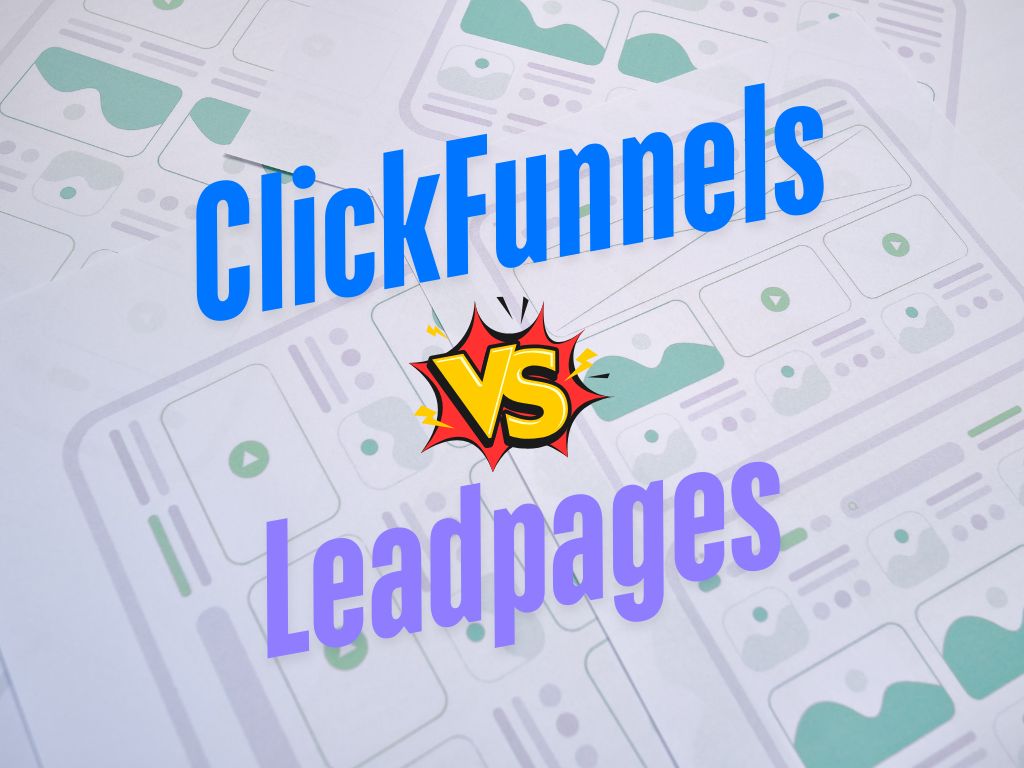
ClickFunnels vs Leadpages at a Glance
Here’s a side-by-side comparison to help you understand the core differences between the two platforms before we dig deeper.
| Feature | ClickFunnels | Leadpages |
| Platform Focus | Sales funnels, automation, full-stack marketing | Landing pages, lead generation, simplicity |
| Ease of Use | More powerful, but with a learning curve | Beginner-friendly and straightforward |
| Best For | Funnel marketers, product launches, agencies | Solo creators, small businesses, consultants |
| Funnels & Automations | Built-in funnel flows, upsells, workflows | Limited to landing pages, no native funnels |
| A/B Testing | Available on higher-tier plans | Included even on the standard plan |
| Email Marketing | Built-in email marketing and automation tools | Requires integration with third-party tools |
| Starting Price | $147 per month for basic plan | $49 per month for standard plan |
| Integrations | Deep integrations with CRMs, payment processors | Solid integrations via Zapier and native apps |
| Customer Support | Tiered chat and ticket-based support | Live chat, email support, and extensive help docs |
ClickFunnels is built for marketers who want full control over the customer journey from landing pages to checkouts and follow-ups. Leadpages is ideal if your focus is fast, professional-looking pages that capture leads without needing a full funnel system.
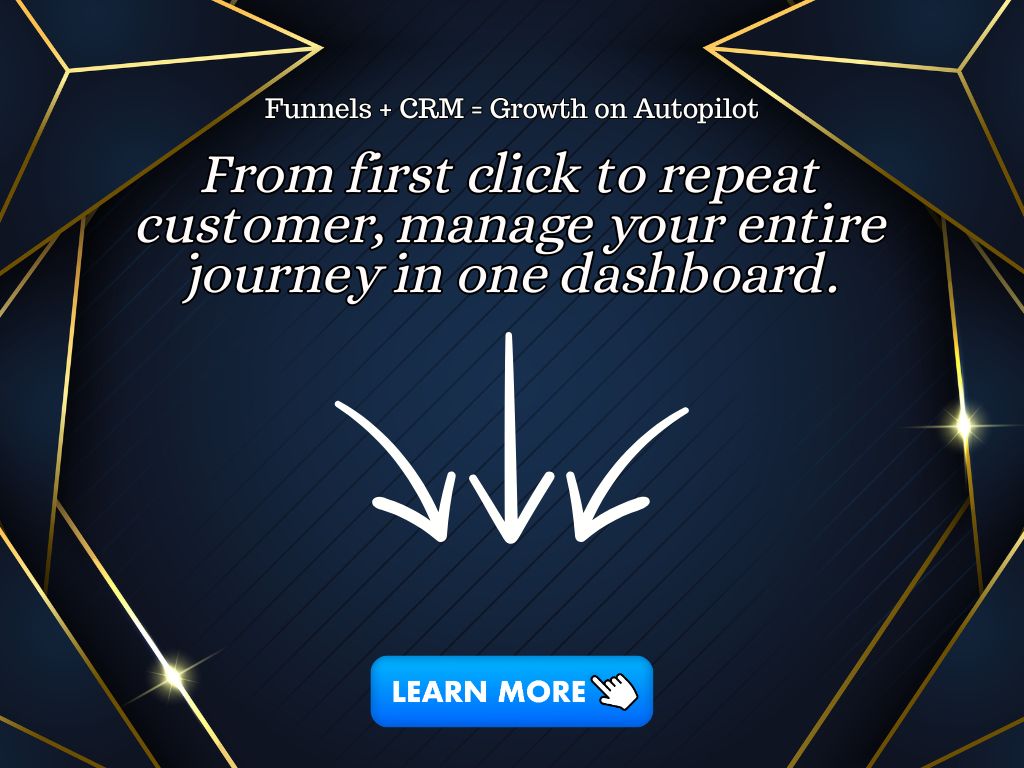
ClickFunnels vs Leadpages: Ease of Use and User Interface
ClickFunnels: Built for Power, Not Simplicity
ClickFunnels gives you a lot of control, but that comes with complexity. The interface is designed for building entire funnels landing pages, upsells, order bumps, email sequences, and more, all within one dashboard. That’s powerful, but it can feel overwhelming if you’re new to digital marketing or funnel strategy.
The drag-and-drop builder is flexible, but some users find it slightly clunky or dated compared to newer tools. Navigating between steps in a funnel can take a few extra clicks, and there’s a learning curve if you’re used to working with simpler platforms.
That said, once you understand how it works, ClickFunnels becomes a machine. The platform is clearly built for marketers who want to map out the full customer journey and aren’t afraid to get hands-on.
Leadpages: Clean, Fast, and Beginner-Friendly
Leadpages takes a different approach. Its interface is streamlined, clean, and built for speed. If your goal is to launch a high-converting landing page without needing a full funnel or deep automation, this platform keeps things refreshingly simple.
The drag-and-drop builder is intuitive and modern. You can easily choose a template, customize it, connect your email platform, and hit publish in under an hour even if you’re a beginner.
There’s less to configure, and that’s exactly the point. Leadpages focuses on doing one thing well: helping you create and publish landing pages that convert, without getting lost in extra features.
Verdict on Usability
If you’re just starting out or want to get a page live quickly, Leadpages is the easier choice. The interface is cleaner, the setup is faster, and the learning curve is gentle.
ClickFunnels, on the other hand, is better suited for experienced marketers, sales-focused teams, or anyone building out full funnels with upsells, email sequences, and multiple conversion steps.
In short:
- Choose Leadpages if you want simplicity and speed
- Choose ClickFunnels if you need a complete funnel-building system and don’t mind investing time to learn it
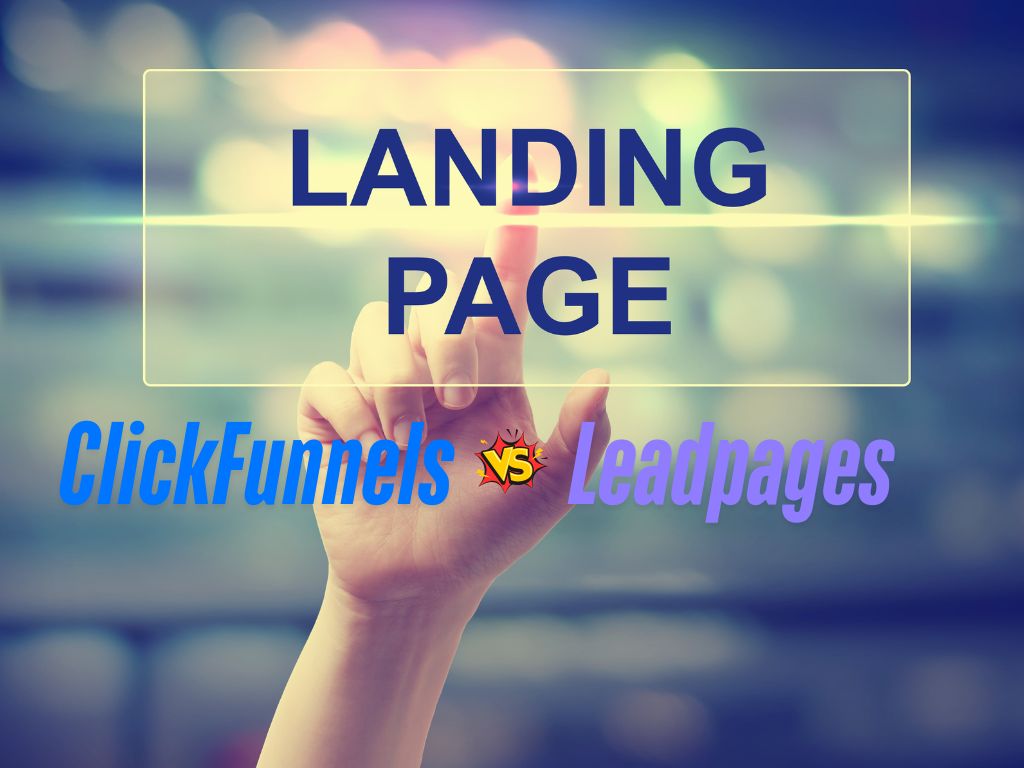
Functionality and Core Features: ClickFunnels vs Leadpages
ClickFunnels: Full-Funnel Powerhouse with Built-In Sales Tools
ClickFunnels was built for marketers who want more than just a landing page. At its core, it’s a funnel-building engine that lets you guide visitors through every step of a conversion path from opt-in to checkout to follow-up.
Here’s what you get with ClickFunnels:
- Pre-built funnel templates for lead gen, product launches, webinars, and more
- Drag-and-drop editor for customizing pages inside a funnel sequence
- Upsells, downsells, and order bumps integrated directly into the funnel flow
- Membership site capabilities
- Built-in shopping cart and checkout pages
- Email marketing and automation through Follow-Up Funnels (available on higher plans)
ClickFunnels is especially useful if you’re selling digital products, courses, coaching packages, or running multi-step campaigns. Everything from traffic to payment can be handled within the platform, without relying on third-party tools.
The trade-off? It’s more complex and many of the most valuable features are locked behind higher-tier pricing.
Leadpages: Focused on Landing Pages and Lead Generation
Leadpages takes a narrower approach, but that’s not a bad thing. It’s not trying to be your all-in-one marketing suite. Instead, it focuses on helping you build high-converting landing pages and simple websites that are easy to launch and manage.
Key features include:
- Drag-and-drop landing page builder with responsive design
- A wide selection of conversion-focused templates
- Lead capture forms and pop-ups
- Built-in conversion guidance (Leadmeter) that scores your page setup in real time
- Unlimited page publishing on all plans
- Basic site builder functionality with hosting included
Leadpages integrates well with email platforms and CRMs, but it doesn’t offer funnel logic, upsells, or native checkout tools. If your goal is to collect leads, promote an event, or get someone to opt in to your list Leadpages delivers exactly what you need without distractions.
ClickFunnels vs Leadpages: Which Platform Wins on Functionality?
It comes down to how much you want your platform to do.
- ClickFunnels gives you a full marketing ecosystem, landing pages, checkout flows, email marketing, automations, and funnels all under one roof.
- Leadpages keeps it lean. You build the page, connect your email tool, and go live fast.
If you’re selling something and want a step-by-step buyer journey including upsells and automation, ClickFunnels has the edge. If your primary focus is growing your email list or promoting one-time offers with a simple page, Leadpages does the job with less friction and fewer moving parts.
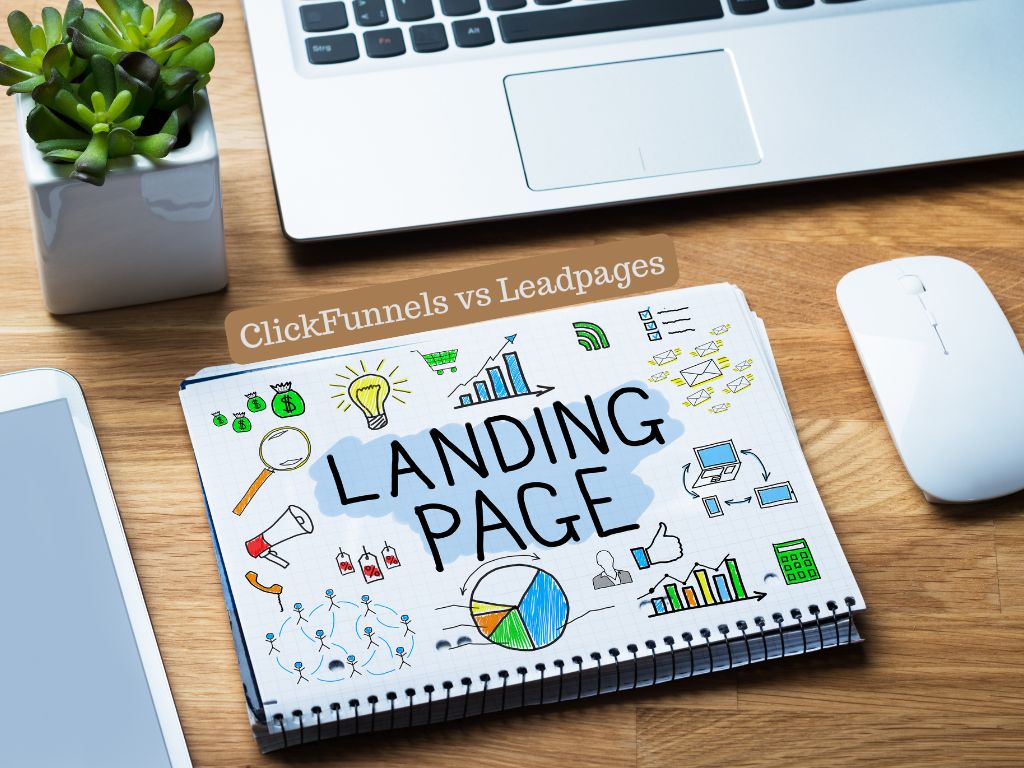
ClickFunnels vs Leadpages: Design, Look & Customization
ClickFunnels: Functional, But Not the Prettiest
ClickFunnels gives you a lot of flexibility in terms of layout and funnel flow, but when it comes to visual design, it tends to lean more “functional” than “beautiful.”
The page builder allows drag-and-drop customization, and you can build pages from scratch or tweak existing funnel templates. You can adjust columns, add countdown timers, video blocks, forms, and dynamic content. But while it’s powerful, the design interface isn’t the most modern or intuitive compared to newer tools.
Some templates look slightly outdated unless heavily customized. And while developers can dive into custom code or CSS, non-technical users may find themselves hitting creative limitations without design experience.
ClickFunnels is built to convert, not necessarily to win design awards. It gets the job done, but it requires extra effort to make your pages feel unique and on-brand.
Leadpages: Clean Templates with Fast Customization
Leadpages shines when it comes to clean, modern design. The platform offers a wide library of professionally designed templates that are optimized for conversions and responsive across devices right out of the box.
The drag-and-drop builder is highly visual and intuitive. You can easily adjust fonts, colors, spacing, and layout without touching code. Pages look polished from the start, and customizing them to match your brand is fast even if you have zero design background.
One standout feature is the built-in Leadmeter, which scores your page’s conversion readiness in real time and suggests layout or copy improvements based on best practices. It’s a helpful tool, especially for solo creators who want more guidance without hiring a designer or copywriter.
While Leadpages doesn’t give you full design freedom like custom code access, it nails the sweet spot between control and simplicity.
ClickFunnels vs Leadpages: Design Verdict
If you’re focused on fast, great-looking pages that require minimal effort to brand and launch, Leadpages comes out ahead. Its modern templates and visual editor make it easy to create pages that look and feel professional without needing to overthink every detail.
ClickFunnels is more flexible when it comes to funnel layout and functionality, but it may require more work to get the visual polish just right. If conversion flow matters more than aesthetics, it still does the job. But if you care about strong design out of the box, Leadpages has the edge.
What if you’re building an online store instead? This ClickFunnels vs Shopify guide might help.

ClickFunnels vs Leadpages: Conversion Optimization Tools
ClickFunnels: Built for Selling, Optimized for Revenue
ClickFunnels was designed with conversions in mind specifically, sales conversions. Every part of the funnel builder supports a structured path to get a visitor to take action, whether that’s signing up, buying, or booking a call.
Key conversion tools inside ClickFunnels include:
- One-click upsells and downsells to increase average order value
- Order bumps that appear during checkout
- Countdown timers and scarcity elements
- A/B testing (available on higher-tier plans)
- Follow-up Funnels (ClickFunnels’ native email system) to automate nurture sequences
The platform also allows you to track conversions within your funnel and integrate with tools like Stripe or PayPal to monitor revenue in real time. If you’re selling digital products, running webinars, or managing launch-style campaigns, ClickFunnels gives you the tools to structure every step of the buyer journey.
However, not all optimization features are available on the basic plan, so if you want access to deeper analytics and testing, you may need to upgrade.
Leadpages: Streamlined Conversion Features for Lead Gen
Leadpages focuses more on conversion features related to lead capture. Its suite of tools is designed to help you grow your email list, book appointments, or get opt-ins quickly with less emphasis on cart flows or upsells.
Notable tools include:
- Conversion-optimized templates tested across industries
- A/B split testing (included even in the standard plan)
- The Leadmeter, which analyzes your page and provides real-time suggestions to improve performance
- Pop-ups and alert bars for list-building or limited-time offers
- Instant opt-in forms that integrate with your email service provider
Leadpages doesn’t include native upsell, checkout, or advanced sales functionality. It’s built to get the lead not to manage the full customer lifecycle. But it does an excellent job at that one goal.
ClickFunnels vs Leadpages: Conversion Verdict
ClickFunnels is the stronger choice if your goal is to build a full sales process with upsells, order forms, and revenue tracking. Its optimization tools are geared toward maximizing sales from each visitor.
Leadpages is ideal if you’re focused on lead generation and want fast, simple tools to improve page performance without technical setup. Its testing tools and real-time guidance are perfect for marketers who want high-converting pages without needing to know the science behind them.
If you’re selling, ClickFunnels wins. If you’re capturing leads, Leadpages delivers.
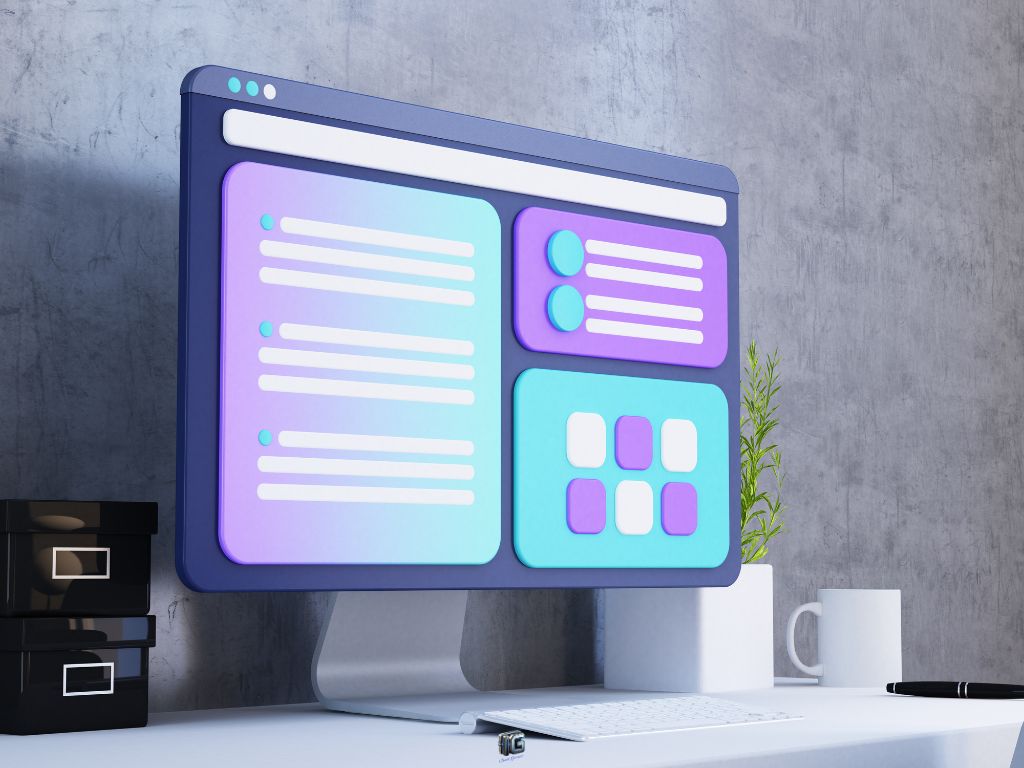
ClickFunnels vs Leadpages: Publishing Options & Integrations
Hosting and Publishing Capabilities
ClickFunnels hosts all your funnels and landing pages directly on its platform. You can connect your own custom domain, or use a ClickFunnels subdomain. Publishing is handled entirely within the dashboard, and pages are automatically mobile responsive.
ClickFunnels also allows you to manage entire websites or funnel hubs within its system, which is useful if you’re trying to replace a traditional site or centralize everything, from your homepage to checkout in one place.
However, you don’t get full control over hosting infrastructure or advanced SEO customization like you would with something like WordPress. This may be limiting if you want deep customization beyond what’s built into the page editor.
Leadpages also provides fully hosted pages, including secure SSL and mobile optimization. You can publish to a Leadpages subdomain, or connect your own domain with just a few clicks. One advantage here is that Leadpages also offers a WordPress plugin, making it easy to embed pages directly into an existing site if you’re already using WordPress for content or blogging.
This flexibility makes Leadpages a solid choice for users who want to integrate high-converting landing pages into a broader site structure without needing to migrate everything.

Native Integrations and Third-Party Tools
When it comes to integrations, ClickFunnels is designed to be an all-in-one platform, but it still offers connections to key third-party tools like:
- Stripe and PayPal for payments
- ActiveCampaign, Mailchimp, HubSpot, and other CRMs
- Zapier for broader automation
ClickFunnels also supports webhooks and API access for developers who need more customization, though setting that up may require technical skill.
Leadpages takes a more open approach. It integrates natively with most major email marketing tools (like ConvertKit, Mailchimp, AWeber, and Drip), webinar platforms, and CRMs. Zapier is fully supported, making it easy to connect Leadpages to almost anything in your marketing stack.
For users who are piecing together multiple tools or who already have an established system, Leadpages tends to play nicer with outside apps, especially if you’re using it just for lead capture.
ClickFunnels vs Leadpages: Integration Verdict
ClickFunnels works well if you want fewer moving parts and prefer a closed system where everything is built to work together. But if you already use third-party email platforms, booking tools, or CRMs, Leadpages offers a more flexible and plug-and-play experience.
Both platforms handle publishing well, but Leadpages offers more options if you’re trying to embed landing pages into a broader website setup, especially for WordPress users.
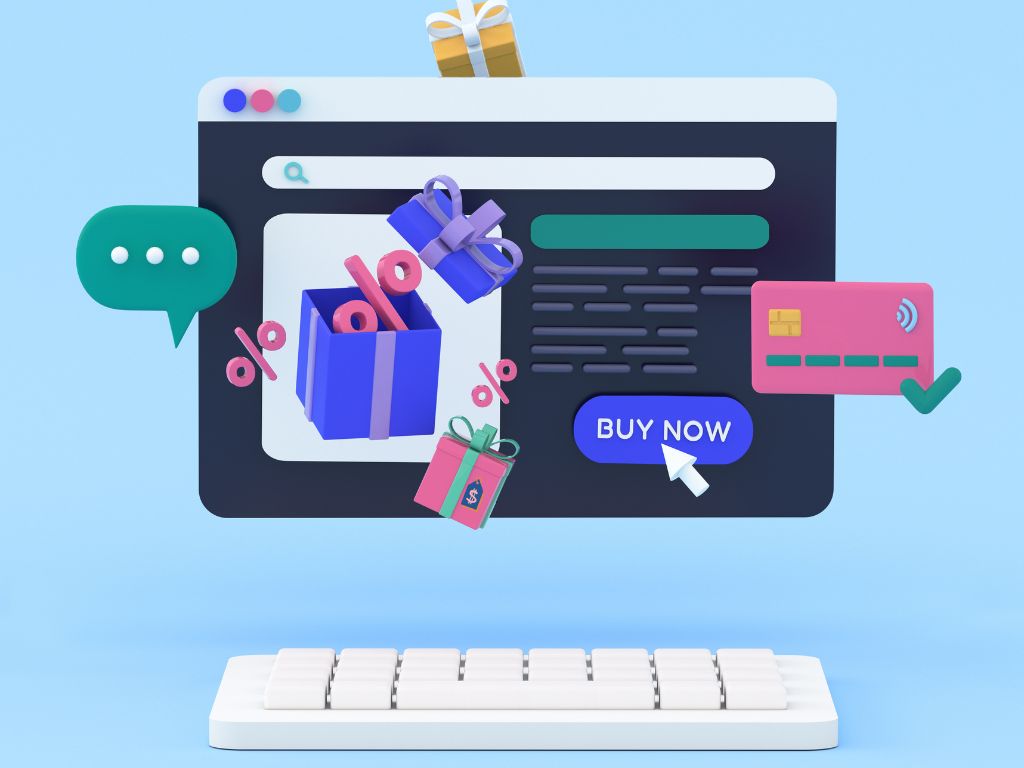
ClickFunnels vs Leadpages: Pricing and Value Comparison
ClickFunnels Pricing Breakdown
ClickFunnels is positioned as a premium, all-in-one marketing platform. As of 2025, the pricing structure looks like this:
- Basic Plan – $147/month
Includes access to the core funnel builder, basic funnel templates, and limited Follow-Up Funnels (email automation). Best for small businesses or individuals just getting started. - Pro Plan – $197/month
Adds advanced funnel templates, full access to Follow-Up Funnels, more integrations, and support for affiliate management with Backpack. - Funnel Hacker Plan – $297/month and up
Designed for high-volume marketers, agencies, or those running multiple funnels with complex automations. Includes priority support, unlimited funnels, and advanced analytics.
ClickFunnels does offer a 14-day free trial, but keep in mind: many of its most valuable features like advanced automations, A/B testing, or affiliate tools—are only available on higher-tier plans. If you just need to build and host a few landing pages, this might feel like overkill.
However, for creators selling digital products or building full customer journeys, the price can make sense, especially if you’re replacing multiple tools (like email, page builder, and checkout software) with one platform.
Leadpages Pricing Breakdown
Leadpages offers a more budget-friendly entry point, with simpler pricing and solid functionality at every level.
- Standard Plan – $49/month
Includes unlimited landing pages, pop-ups, and alert bars, along with A/B testing, free hosting, and basic integrations. A strong value for solopreneurs and small businesses focused on lead gen. - Pro Plan – $99/month
Adds online sales and payments (via Stripe), advanced integrations, and priority support. Good for creators who want to collect payments but don’t need full funnel automation. - Advanced (Custom)
Tailored for larger businesses and agencies that need multiple sub-accounts, client management, and advanced training and support.
Leadpages also includes a 14-day free trial. Even on the Standard plan, users get access to critical features like split testing and unlimited publishing features that are often locked behind higher tiers on other platforms.
The value here comes from focus. Leadpages isn’t trying to do everything. It focuses on landing pages that convert, and it delivers that well at a price point that’s accessible to most solo businesses.
Which Offers Better ROI?
It depends on what you’re buying the platform for.
- If you want a single tool that replaces multiple marketing functions landing pages, email, funnels, checkout ClickFunnels offers strong value, but only if you’re actually using all those features.
- If your primary goal is lead generation and publishing fast, professional-looking landing pages, Leadpages gives you everything you need for significantly less.
In short:
- ClickFunnels is an investment in a complete marketing system.
- Leadpages is a cost-effective tool for targeted lead generation and rapid publishing.
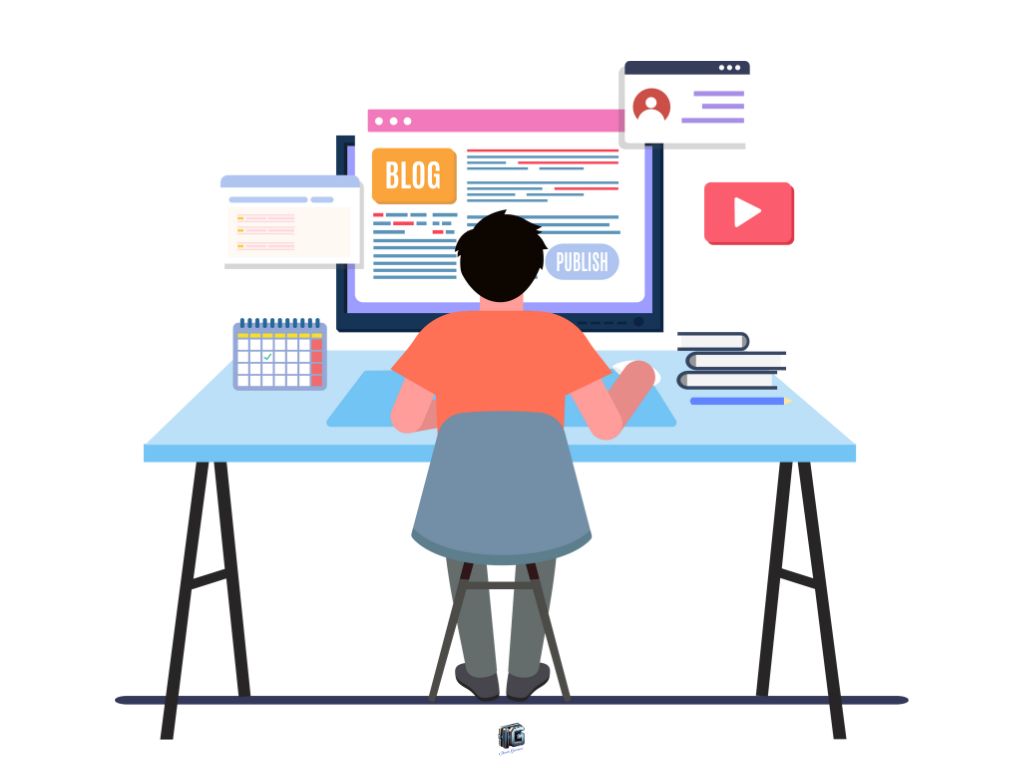
ClickFunnels vs Leadpages: User Reviews and Real-World Case Studies
ClickFunnels: Results-Driven, but Not Without Friction
Many ClickFunnels users praise the platform for helping them scale fast. Especially for entrepreneurs selling digital products, online courses, or running webinars, ClickFunnels often serves as the backbone of their marketing engine.
Real-world success stories include creators who’ve:
- Launched $10K+ online courses using multi-step funnels
- Scaled coaching offers with upsells and one-click order bumps
- Built multi-six-figure businesses using only ClickFunnels as their front-end and back-end system
What users love:
- The ability to control the full sales journey from opt-in to checkout
- The library of prebuilt funnels that saves time
- Integrations with Stripe, PayPal, and CRMs to handle the entire transaction flow
What users struggle with:
- A steeper learning curve, especially for beginners
- Higher monthly cost, especially for those only using basic features
- Occasional limitations in page design and responsiveness compared to newer builders
ClickFunnels users tend to be growth-focused. If you’re launching products or building a sales system that’s meant to scale, it has the power but you’ll likely need to invest time learning the platform to unlock its full potential.
Leadpages: Fast, Simple, and Surprisingly Powerful for Lead Gen
Leadpages users typically fall into the solo entrepreneur, small business, or content creator category. They’re often not looking for a full sales system just a reliable, fast way to build pages that convert.
Examples of Leadpages wins include:
- Coaches building full lead funnels with free guide opt-ins
- Consultants promoting webinars with landing pages and pop-ups
- Local businesses using alert bars for seasonal promos and offers
What users love:
- How quickly you can publish a page even without prior experience
- Clean, professional-looking templates that require minimal editing
- Built-in tools like Leadmeter and A/B testing to improve results without guesswork
What users want more of:
- Deeper funnel functionality or upsell paths without third-party tools
- More built-in analytics or automation without needing integrations
Leadpages earns high marks for its ease of use and effectiveness for its specific use case: generating leads. It’s not designed to be a full sales platform, and most users appreciate that it stays in its lane.
Expert Opinions and Third-Party Insights
Across the board, experts tend to agree:
- ClickFunnels is best for marketers who are building out funnels with clear sales paths, product offers, or evergreen campaigns.
- Leadpages is ideal for businesses that just want to create clean, conversion-friendly landing pages without a full tech stack.
For many users, the best strategy is a hybrid approach start with Leadpages to validate offers and build an audience, then transition to ClickFunnels if you need more complex funnels, automation, or e-commerce functionality.

ClickFunnels vs Leadpages: Alternatives and Additional Considerations
Best Alternatives to ClickFunnels
If you’re considering ClickFunnels but want to explore other funnel-focused tools, here are a few worth looking into:
- Kartra – Offers a full suite similar to ClickFunnels: landing pages, email marketing, membership sites, and checkouts. It’s often seen as a more polished alternative with a lower price for all-in-one functionality.
- Builderall – A lower-cost option that includes page building, email, automation, and design tools. While it offers a wide range of features, it comes with a steeper learning curve and less community support.
- Systeme.io – A growing all-in-one marketing platform that’s beginner-friendly and budget-conscious. It’s ideal for course creators and solopreneurs who want to build funnels and email campaigns without complex integrations.
If you’re drawn to ClickFunnels for its all-in-one promise but find it too expensive or overwhelming, these tools offer similar benefits with different pricing and feature focuses. Check out our Kajabi vs ClickFunnels article.
Best Alternatives to Leadpages
If you like the simplicity and landing-page-first design of Leadpages but want more flexibility or specific capabilities, these options stand out:
- Unbounce – Known for its advanced A/B testing and dynamic content features. It’s great for marketers who want high design flexibility and conversion-focused performance, though it’s more expensive than Leadpages.
- Instapage – Built for teams and agencies, Instapage offers beautiful page design, heatmaps, and deeper analytics. It’s ideal if you have a dedicated marketing budget and want to go beyond the basics.
- Webflow – While not a direct replacement, Webflow allows for full design freedom with CMS capabilities. It’s perfect for users who want creative control without relying on traditional page builders.
Each of these tools serves a specific use case. Leadpages is still one of the fastest ways to launch high-converting pages without the need for tech skills, but if you outgrow it, these platforms offer more advanced features.
When to Choose a Landing Page Builder vs. a Full Funnel Tool
The core difference comes down to this: Do you need a simple page that converts visitors into leads or an entire system that turns them into customers?
Choose a landing page builder like Leadpages when:
- Your focus is lead generation or building an email list
- You already have an email service or CRM in place
- You want to get a page live quickly with minimal setup
Choose a full funnel builder like ClickFunnels when:
- You’re selling a product or service directly through your funnel
- You want to manage checkout, upsells, and email follow-up in one place
- You’re building multi-step customer journeys with multiple conversion points
If you’re somewhere in between, it’s not uncommon to use both, Leadpages for quick opt-ins and validation, and ClickFunnels when you’re ready to scale a proven offer with a structured funnel.
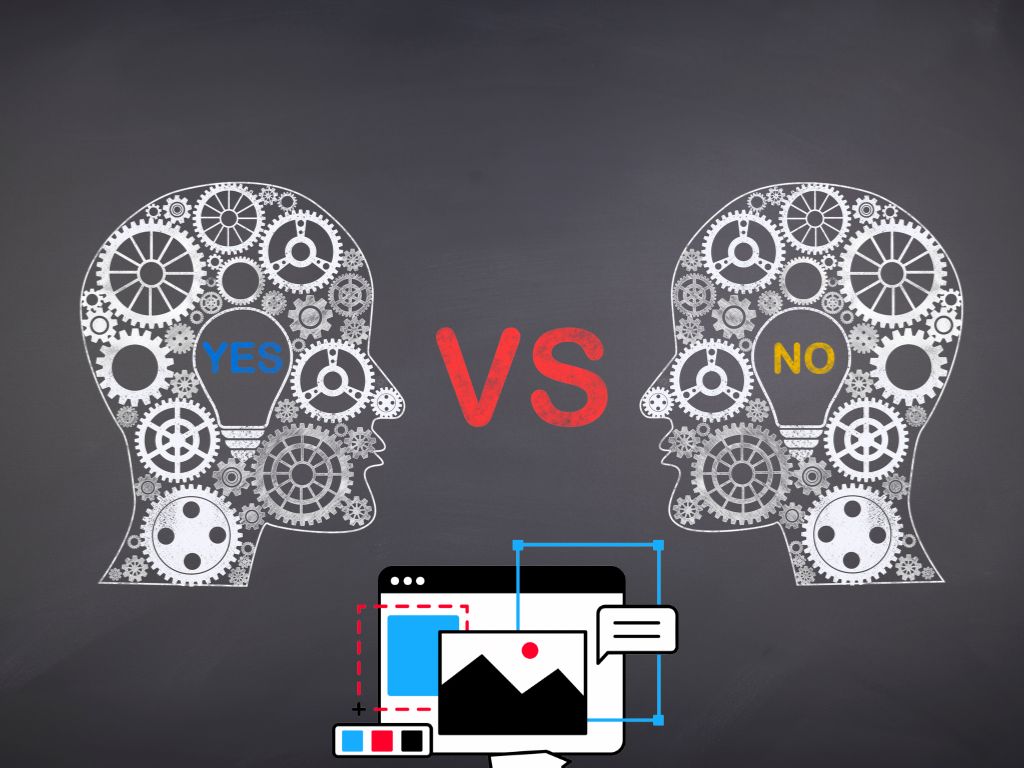
Final Thoughts and Next Steps
There’s no one-size-fits-all winner just the right platform for where you are in your business journey.
If you’re just starting out or only need landing pages, Leadpages will get you up and running fast without overcomplicating your tech stack. It’s a smart, affordable entry point for building your list and validating offers.
If you’re ready to build out a complete marketing funnel with advanced features, ClickFunnels gives you more power and flexibility to scale especially if you’re selling directly through your funnel.
Still on the fence? Try both. Each platform offers a free trial, and testing them side-by-side can give you the clarity you need.
Getting Started and Additional Resources
How to Sign Up and Test Both Platforms
Still deciding between ClickFunnels and Leadpages? The best way to choose is to try them yourself. Both platforms offer free trials, giving you a chance to explore the interface, build a page or funnel, and see what feels right for your workflow.
ClickFunnels Free Trial
Visit ClickFunnels to start your free 14-day trial. No credit card required upfront, and you can explore funnel templates, email automation, and full campaign builds.
Leadpages Free Trial
Head to leadpages.com and start a 14-day trial. Within minutes, you’ll be able to build, customize, and publish your first high-converting landing page even without prior experience.
Tip: If you’re unsure, start with a basic opt-in page on both platforms. That will give you a real sense of speed, usability, and design flexibility.
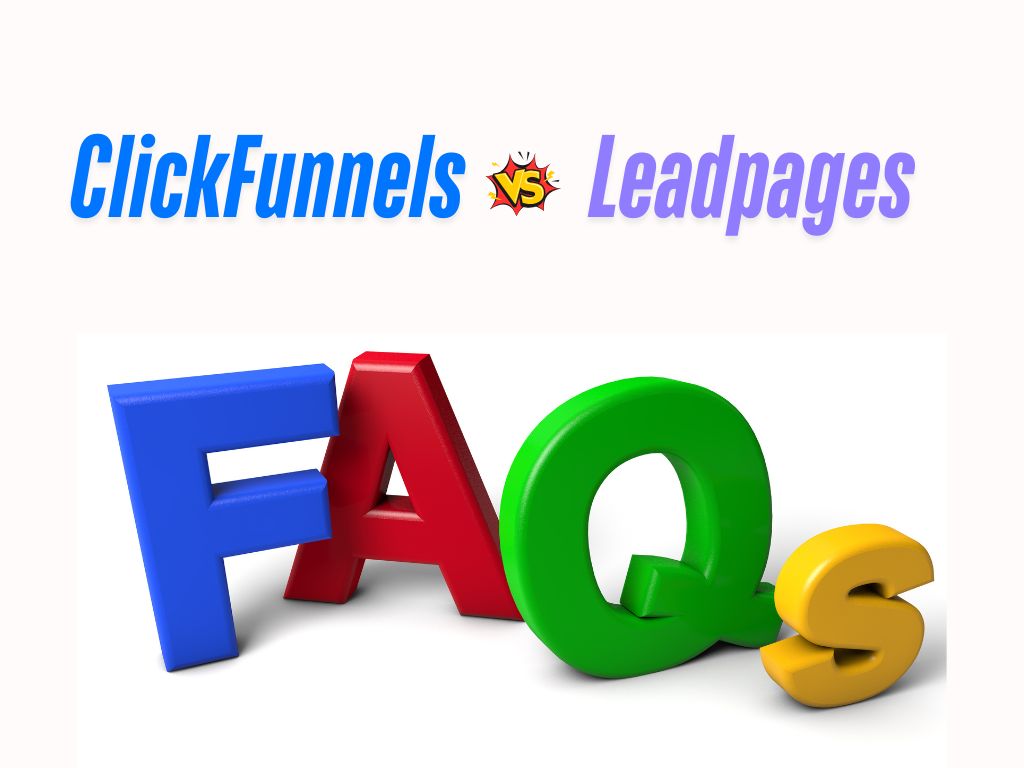
Frequently Asked Questions (FAQ)
What is the difference between ClickFunnels and Leadpages?
ClickFunnels is a full sales funnel builder designed to handle the entire customer journey from landing page to checkout and post-purchase follow-up. It includes tools for email marketing, order bumps, upsells, and automation.
Leadpages, on the other hand, is a dedicated landing page and lead generation tool. It focuses on creating high-converting pages quickly, without including complex funnel-building or checkout features.
If you’re selling products or building multi-step campaigns, ClickFunnels is the more complete solution. If your focus is lead capture and list building, Leadpages is faster and more beginner-friendly.
Can ClickFunnels replace your website?
For many entrepreneurs and small businesses, yes. ClickFunnels can function as a full marketing site, especially if your main goals are capturing leads, selling products, or running webinars. You can build homepages, landing pages, sales pages, and even host membership content.
However, if you need a content-heavy site (like a blog or knowledge base), or advanced SEO control, you may still want to pair it with a CMS like WordPress.
Is Leadpages worth it?
If your goal is to build clean, fast, mobile-responsive landing pages that convert without the complexity or price of a full funnel system, then yes, Leadpages offers excellent value.
It includes unlimited page publishing, built-in A/B testing, and templates designed for conversions. For small business owners, solo creators, and marketers focused on lead generation, it’s a cost-effective and reliable platform.
How much does each platform cost per month?
- ClickFunnels starts at $147 per month for its basic plan, with higher-tier plans offering additional features like advanced automations and affiliate tools.
- Leadpages starts at $49 per month for the standard plan, with a Pro plan at $99 that adds payment integration and more customization.
Each platform offers a 14-day free trial. ClickFunnels is priced as a premium tool for all-in-one funnel building, while Leadpages is more affordable for users focused solely on landing pages.
Who should use ClickFunnels vs. Leadpages?
Use ClickFunnels if:
- You’re building a complete funnel to sell digital products, services, or courses
- You want one platform to manage landing pages, emails, checkouts, and automations
- You’re focused on optimizing every step of the sales journey
Use Leadpages if:
- You need high-converting landing pages or lead capture forms
- You want a fast, no-code builder that integrates with your existing email service
- You’re working with a smaller budget or don’t need complex funnel logic
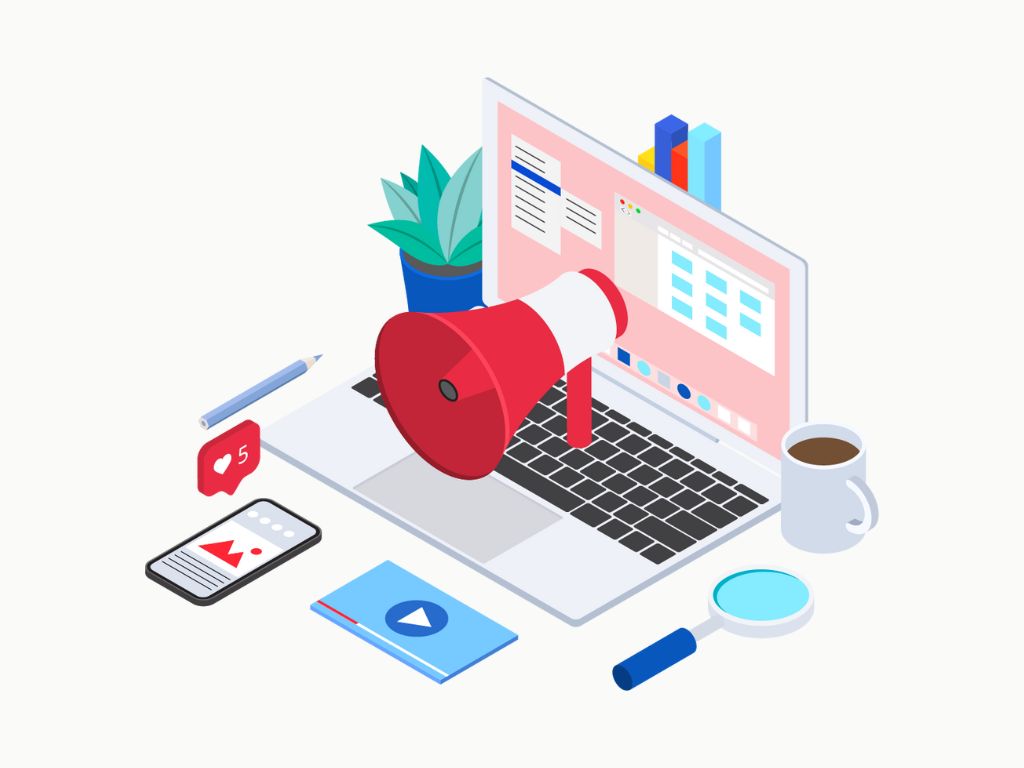
ClickFunnels vs Leadpages: Final Verdict and Recommendations
Summary of Key Findings
After breaking down ClickFunnels and Leadpages across usability, features, design, pricing, and real-world use, here’s what we know:
- ClickFunnels is a powerful all-in-one platform built for marketers who want to manage the full customer journey from first click to final sale. It includes sales funnel logic, upsells, email automation, and integrated checkouts.
- Leadpages is a streamlined landing page builder designed for simplicity, speed, and lead generation. It focuses on publishing high-converting pages without the complexity or cost of a full marketing system.
Each platform does its job well, but they serve different goals.

Which Platform Fits Different Business Needs?
Here’s how to decide based on where you are and what you need:
Choose ClickFunnels if:
- You’re launching a course, product, or offer and need full funnel control
- You want built-in email marketing and automation
- You’re okay with investing time and money to build a complete sales system
- You prefer one platform to handle pages, payments, and follow-ups
Choose Leadpages if:
- Your focus is lead generation or growing your email list
- You want a simple, fast way to publish landing pages that convert
- You’re a solo creator, coach, or small business owner on a tighter budget
- You already use a separate email tool or CRM and just need front-end pages
5 Comments
Kajabi vs ClickFunnels: Which Platform Is Right for You in 2025? - Ismel Guerrero. · March 23, 2025 at 10:10 pm
[…] you may want to check out our ClickFunnels vs Leadpages […]
Builderall vs ClickFunnels: The No-Hype Breakdown - Ismel Guerrero. · March 24, 2025 at 10:44 pm
[…] Pick the platform that matches how you run your business—not just the one with the longer feature list. To learn more here is our comparison between ClickFunnels vs Leadpages. […]
ClickFunnels vs Shopify: Which One Fits Your Business - Ismel Guerrero. · March 26, 2025 at 7:18 am
[…] Related article ClickFunnels vs Leadpages. […]
ThriveCart vs ClickFunnels: Which Platform Sells Smarter - Ismel Guerrero. · March 26, 2025 at 11:18 am
[…] a leaner lead-gen focus, this ClickFunnels vs Leadpages guide is a […]
DropFunnels vs ClickFunnels: Which One Wins in 2025? - Ismel Guerrero. · April 6, 2025 at 12:24 pm
[…] read our ClickFunnels vs Leadpages […]